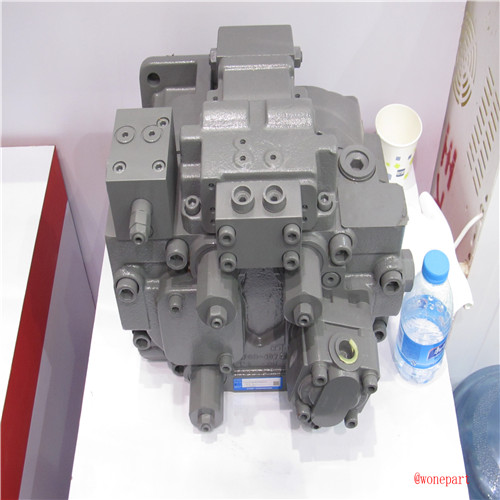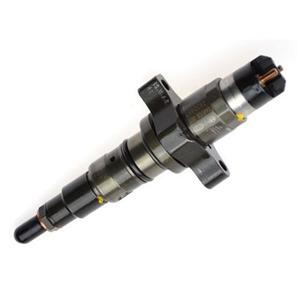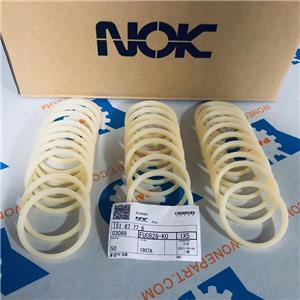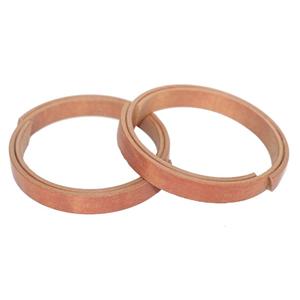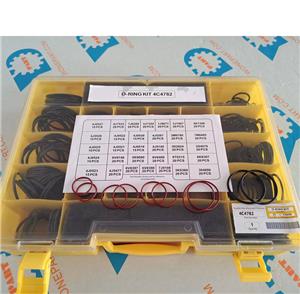Hydraulic valve
Hydraulic valve
The hydraulic valve is an automatic component operated by pressure oil. It is controlled by the pressure oil of the pressure regulating valve. It is usually used in combination with an electromagnetic pressure regulating valve. It can be used to remotely control the on/off of oil, gas and water pipeline systems of hydropower stations. Commonly used for clamping, control, lubrication and other oil circuits. There are direct-drive type and pilot-type type, and the pilot type is used.

Introduction
A component used in hydraulic drives to control fluid pressure, flow, and direction. The pressure control valve is called a pressure control valve, the flow control valve is called a flow control valve, and the directional control valve is called to control the on, off and flow directions.
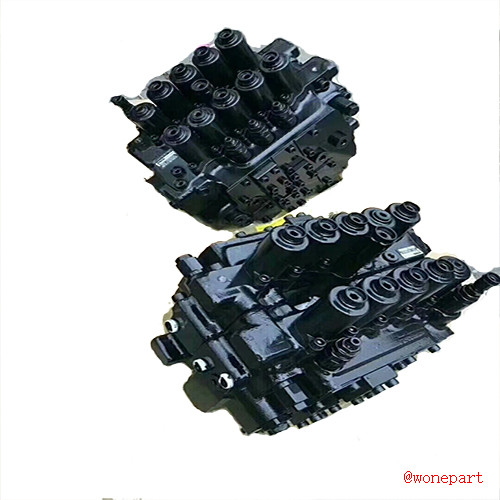
Classification
Classified by control method: manual, electronic control, hydraulic control.
Classified by function: flow valve (throttle valve, speed control valve, diverter manifold), pressure valve (relieving valve, pressure reducing valve, sequence valve, unloading valve), directional valve (electromagnetic reversing valve, manual change) Directional valve, check valve, hydraulic control check valve).
According to the installation method: plate valve, tube valve, stack valve, threaded cartridge valve, cover valve.
According to the control method: manual valve, motor valve, electric valve, hydraulic valve, electrohydraulic valve, etc.
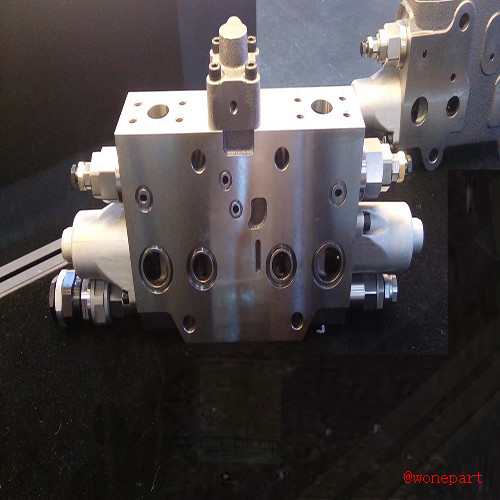
Application and maintenance
All the details from the design must fully consider whether it can meet the needs of the device or equipment. When designing the hydraulic valve, we must first consider whether the hydraulic valve can meet the requirements of the entire hydraulic valve group. For each functional requirement of the hydraulic machine, it is finally necessary to judge whether the design is carried out in accordance with the principles of the entire hydraulic system. Although the hydraulic valve block is composed of a certain number of hydraulic valves, there are many components inside, and the number of these components is neither particularly large nor reduced. If the number of these components is too large, the burden on the hydraulic valve block will increase, that is, the design is unreasonable. Once the number of components is too small, the oil circuit integration will lose some of the effect, fail to achieve the expected effect, and waste material.
